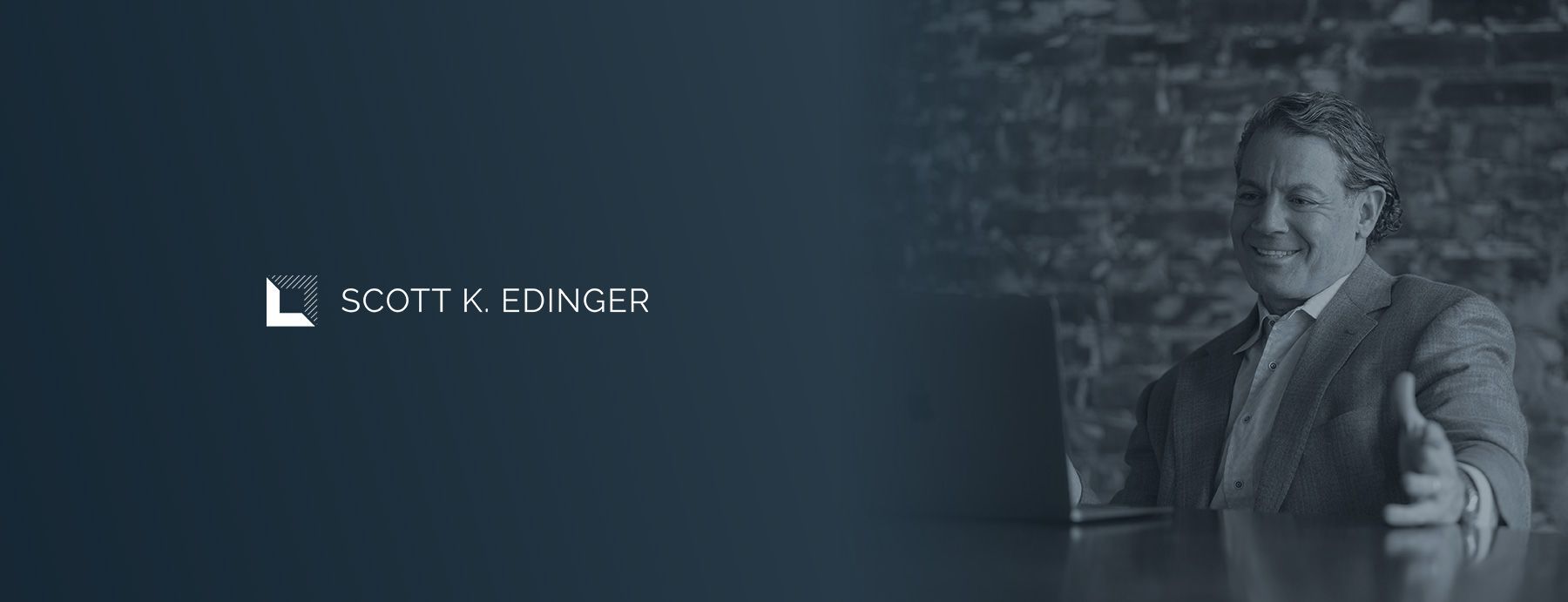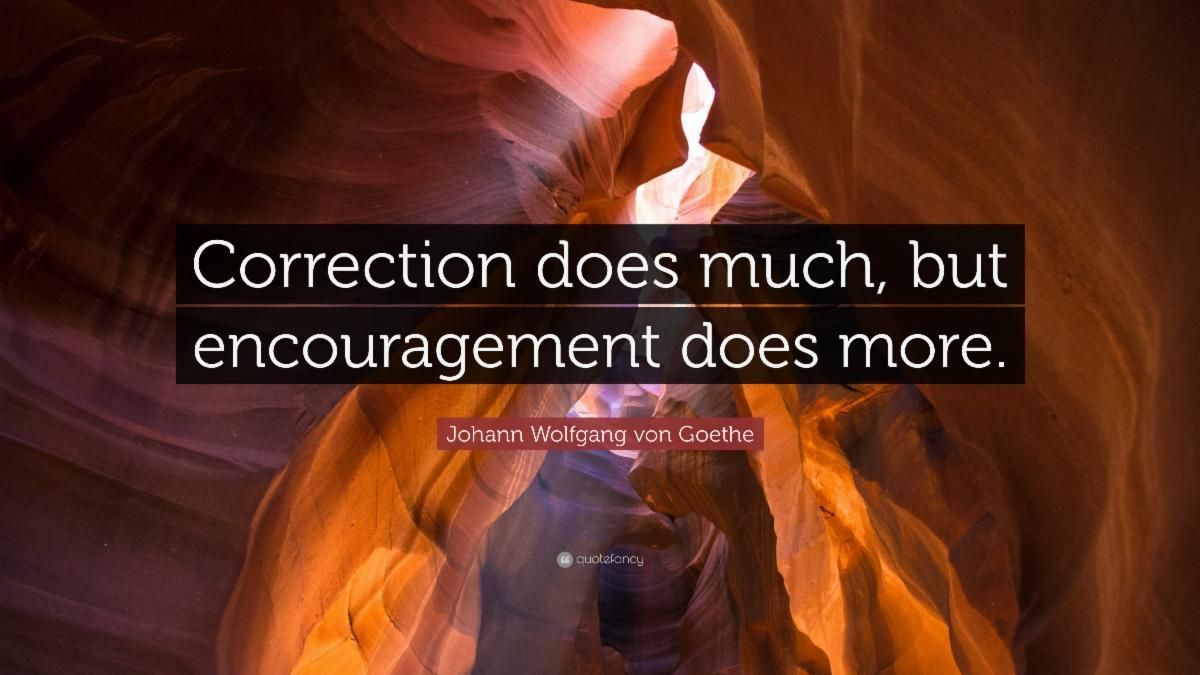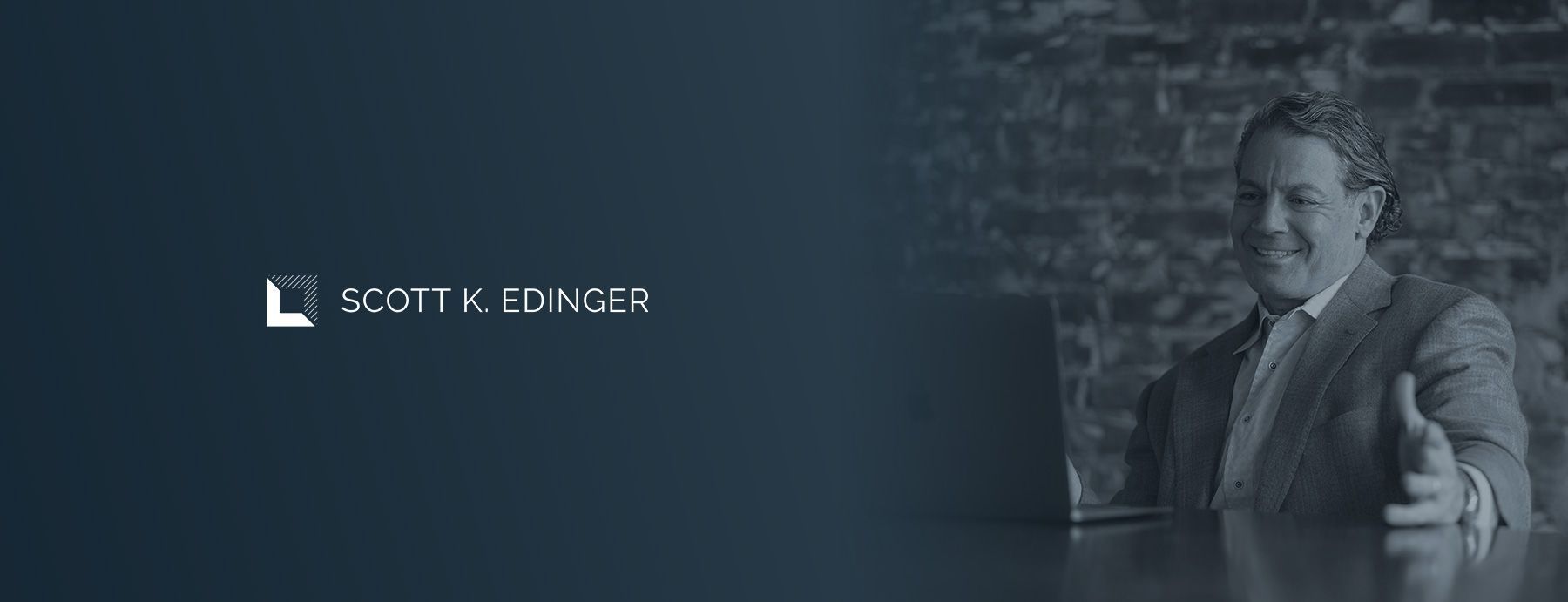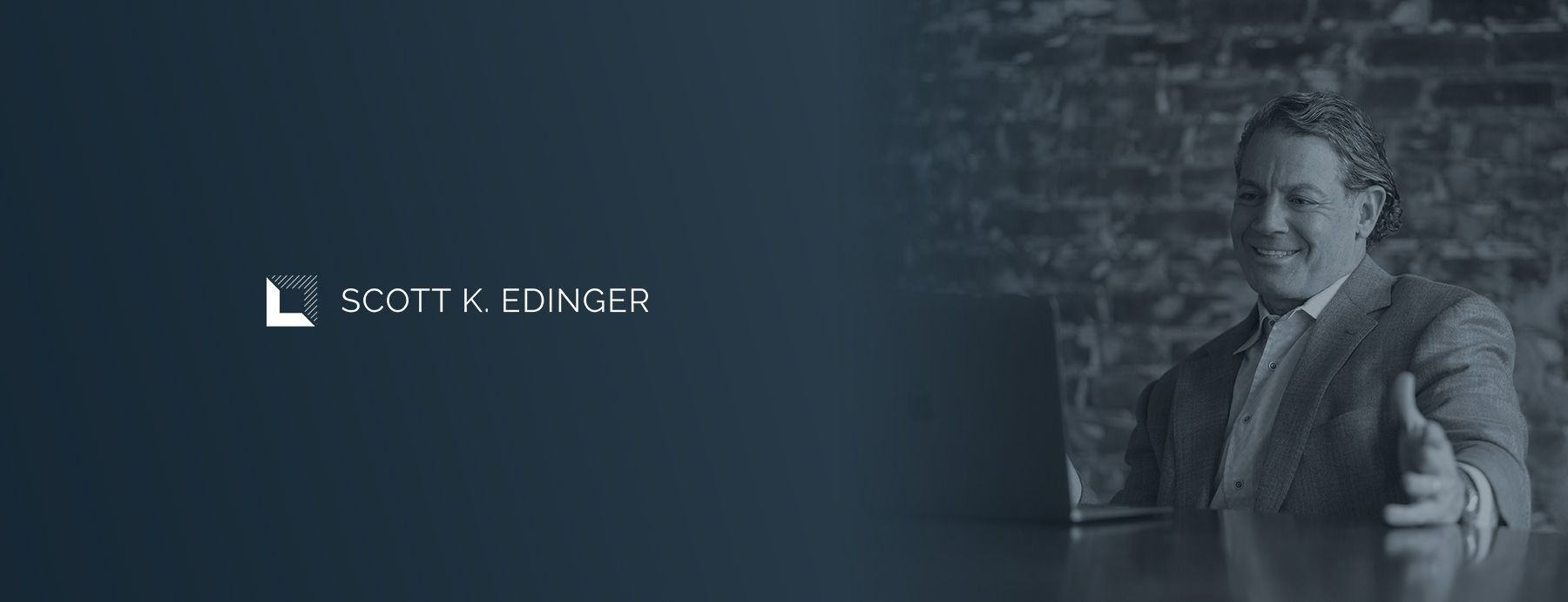
February 24, 2022
The Real Path to Developing Talent
Developing talent may be one of the most important jobs of a leader. Unfortunately, a meaningful investment in coaching and time dedicated to staff development is typically not made until the other work is done. It’s left for last (or close) and often given short shrift.
Excellent leaders focus on improving their people and helping them to perform at a higher level. Not just inspecting performance. Here are some differences between inspecting and improving the performance of your people.
Inspection Focus
- Reviewing the results of things that have already occurred (e.g. financials, KPIs, etc.)
- Focusing on activity measures.
- Telling someone you need better results.
- Requesting information or compiling data to prepare for meetings that are coming up.
Improvement Focus
- Providing a model or example of what “good” looks like.
- Giving them a chance to practice a new skill in a safe environment.
- Observing and providing precise and specific feedback about what went well and what to do differently.
- Encourage them to integrate the feedback into their work and practice again.
Rinse and repeat. No one develops expertise doing something once. Whether it is running a play in football, playing a piece of music on an instrument, delivering a big presentation, or executing a great consultative sales process. It takes a lot of practice and many iterations to get to high performance.
Read more about coaching and developing talent in my Harvard Business Review article Sales Teams Need More (And Better) Coaching.
Stealthy Change
We’ve all been a part of change initiatives. Whether it was related to culture, strategy, or something else, it likely began with a massive kick off event.
I’ve watched companies spend so much time, energy, and resources prepping for a launch, that they are exhausted as the real work begins. There are big announcements, beautiful decks, launch parties. But then… little happens.
There are times when a big splash is a needed part of change. But after the dust settles, what matters most are the stealthy and consistent actions of leaders. Let’s say you want to change the culture of your company. Once you set the vision, you must infuse the desired change into every conversation. Of course, you can’t just be a broken record. It’s a strategic effort to find elements of your culture that connect to the work that is right in front of you. For example, you can identify and discuss an aspect of the culture and talk about why it’s important and how it applies to the topics being addressed right now. It’s not just repeating the same stuff over and over – you make it relevant and real in each situation. You must walk the walk.
Grand launch efforts, while often nice, won’t make change happen. Through stealthy, consistent, and simple actions, leaders can successfully create transformation in their companies.
A Call Would Be Better
I just finished a phone call with someone I was about to email. Prior to calling I spent at least 10-12 minutes crafting a detailed reply to their email (does this sound familiar to you?) The topic had some sensitivity - it was about a disagreement on a fee. Careful to strike the right tone. Trying to succinctly express my point of view. Re-writing parts to strike the right balance of firm and flexible. It was hard to do. And then I realized, email is the wrong medium for this.
I put the email in my drafts box, thankful that the writing helped me clarify my perspective. Then I called. Soon we were able to connect for a five minute conversation and easily discussed and resolved the issue.
Next time you are drafting an email that feels difficult to write, ask yourself if another form of communication (e.g. in person, phone, zoom) would be better. Often it is.
Current Read
A Psychology Today article from earlier this year discussed the importance of risk-taking for creativity. Risk is essential for transformation and growth. Yet, the mantra “playing it safe” is often practiced and touted. If you always play it safe, you won’t make the forecasted mistakes. While that feels predictable and secure, it stifles innovation.
Companies that instill the need to play it safe within their employees miss out on amazing innovations that new ideas and risk-taking can deliver. People need the freedom to take creative risks. The worst outcome? They make a mistake, learn from it, and use it to advance their next idea. Read more about Why Taking Risks is Critical for Creativity.
Quotable
As I reflect on this idea, I think it is vital for leaders to remember this. But perhaps most important to remember if you are a parent!

Subscribe to Edinger's Insights Newsletter
Edinger’s Insights is packed with strategies and ideas to lead business growth.*
*Scott will never share your contact information
EdingerInsights_SignUp
Thank you for subscribing.
Please try again later.


